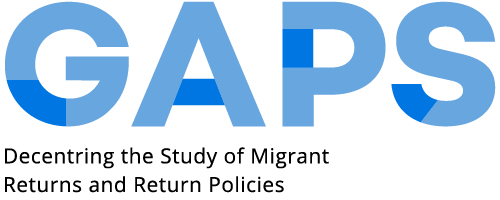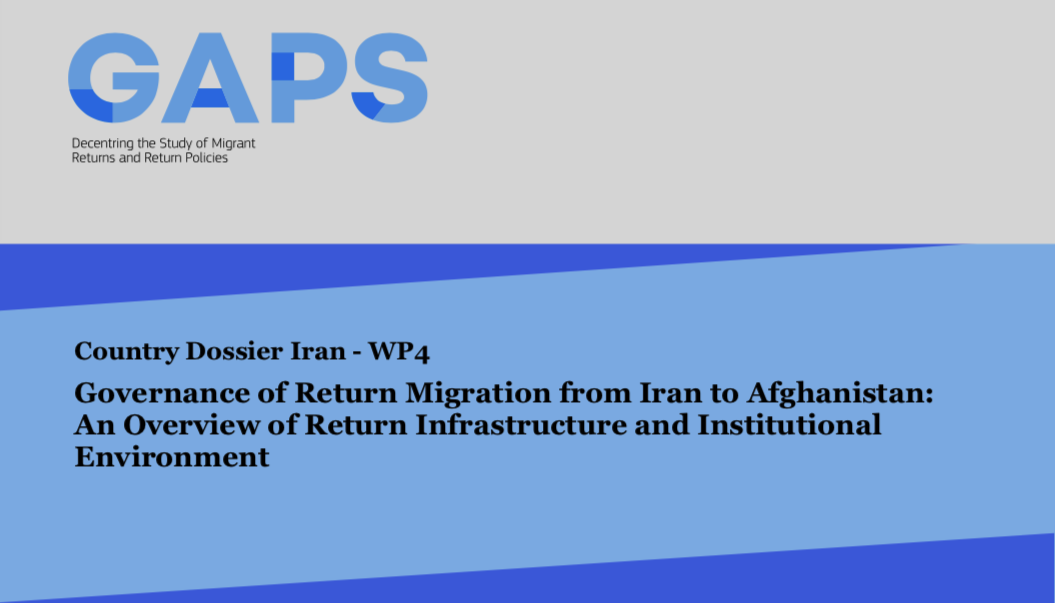Country Dossier Iran - Governance of Return Migration from Iran to Afghanistan: An Overview of Return Infrastructure and Institutional Environment
Executive Summary:
The Islamic Republic of Iran hosts the largest population of Afghan refugees worldwide. However, recent years have seen significant dynamics in both inflow and outflow, highlighting the complexities of return migration governance. While estimates vary, with the United Nations High Commissioner for Refugees (UNHCR) suggesting around 4.5 million Afghans in Iran and the Iranian government indicating over 5 million, the International Organization for Migration (IOM) recorded a substantial out-migration of 8.99 million from Afghanistan to Iran between 2021 and 2023, with 7.97 million returns from Iran and Afghanistan recorded during the same period.
Multiple factors drive this migration pattern, including political upheaval post-regime change in August 2021, socio-economic strains exacerbated by disruptions in international aid, and societal norms impacting women's inclusion in education and employment. Notably, the UNHCR reports a spike in daily crossings from Afghanistan to Iran, jumping from 2,000 to 5,000 between August and September 2021.
Despite Iran's commitment to international refugee conventions, data on Afghan asylum seekers and recognized refugees seeking protection in Iran remain very limited. Iran's governance of return migration reflects a nuanced response shaped by socio-political dynamics, economic realities, and diplomatic relations with Afghanistan and the broader international community. This underscores the evolving nature of return migration governance and the need for comprehensive approaches to address the diverse challenges and opportunities it presents. This report assesses Iran’s approach to return migration governance, examining the factors that contributed to the development of return migration infrastructure and influenced Iran’s changing return migration diplomacies. Additionally, it sheds light on Afghanistan’s return and reintegration approaches, policy frameworks and legal documents.
Please find the entire DOI report by clicking the button below:

